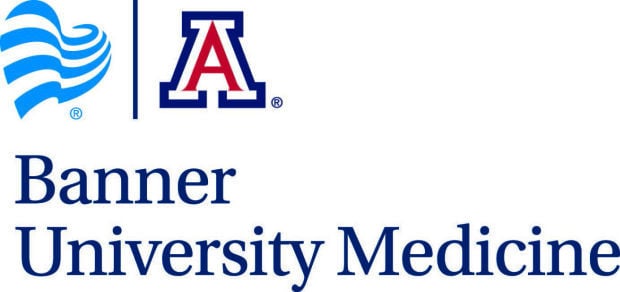Banner Health says its two Tucson hospitals will not keep a $115 million electronic health records system that went live in 2013.
Installing the Epic system and training employees to use it was one of the key reasons the former University of Arizona Health Network, acquired by Phoenix-based Banner March 1, struggled financially throughout 2014.
Banner will be transitioning its Tucson hospitals — Banner-University Medical Center Tucson, 1501 N. Campbell Ave., and Banner-University Medical Center South, 2800 E. Ajo Way — to a system called Cerner.
Nearly all of Banner Health’s 28 hospitals are already on Cerner and the Tucson Banner hospitals are expected to transition to that system early in 2018, officials confirmed Friday. Banner says it is still evaluating the costs of converting to Cerner.
The investment in Epic was so expensive that the UA Health Network experienced unprecedented operating losses in its 2014 fiscal year, including $32 million in unbudgeted costs.
The extra costs were due primarily to a delay in getting the system live and funding additional training and support, officials said at the time. It was supposed to be up and running by Sept. 1, 2013, but wasn’t operational until Nov. 1.
A financial report to the UA Board of Directors in April 2014 attributed $6.8 million of the losses that fiscal year to physicians spending time training to use the new Epic system and not seeing as many patients.
Former board chair Steve Lynn says he is not surprised Banner wants all its hospitals on one system and he doesn’t view the Epic investment as a mistake. Some conversion to electronics was required at the time Epic was chosen. And at that time, Banner was not in the picture, he said.
“Obviously there was pain and suffering. But the good news is that there’s enough similarity between the two,” Lynn said. “It is much more difficult to go from non-electronic to electronic than from one electronic system to another.”
Having all Banner clinical enterprises on a single platform is better for patients and medical providers, and ultimately will also be cost-effective, officials say.
“A single electronic health record offers significant opportunities for faculty researchers,” Katie Riley, a spokeswoman for the hospitals, wrote in an email.
“It’s also a convenience for patients who travel between our hospitals and clinics in seven states because all of Banner providers will be able to access the same medical record.”
Cerner, from Missouri-based Cerner Corp., and Epic, from Wisconsin-based Epic Systems, are the two dominant electronic health-record platforms in Arizona and both are valuable systems, said Tom Reavis of the nonprofitt Arizona Health-e Connection, which interfaces various patient medical record systems across the state.
Other electronic health records systems in the market include NextGen, Allscripts and Practice Fusion.
Tucson Medical Center — Tucson’s largest hospital — uses Epic. The Carondelet Health Network, which includes two Tucson hospitals, uses Cerner. Tenet Healthcare Corp. of Texas recently assumed a majority ownership of Carondelet and it uses Cerner as well.
Some Banner employees in Tucson were “disappointed to learn they will be asked to master a new EHR system, but our staff and physicians have seen a lot of change over the past few years,” Riley wrote.
“They are smart and resilient professionals. They understand the value and benefits of one EHR for Banner Health. Banner will provide them with all the training they need to be comfortable using the Cerner system.”
In addition to the two hospitals, Banner’s Tucson operations include about 6,300 employees, a physician practice plan, clinics and health plans.
Banner Health’s operating margin has dropped from 7 percent in the first six months of 2014 to 3.2 percent in the first six months of 2015. Part of that drop can be attributed to the UA Health Network deal, officials confirmed.
“Nonprofit Banner Health entered this merger with UA Health Network fully expecting losses in the early years,” Riley wrote.
“We believe these losses can be reduced and that the benefits of combining the best of academic medicine with Banner’s operating model outweigh these initial losses. Our goal is to bring Tucson operations up to Banner’s standard 4 percent operating margin.”





